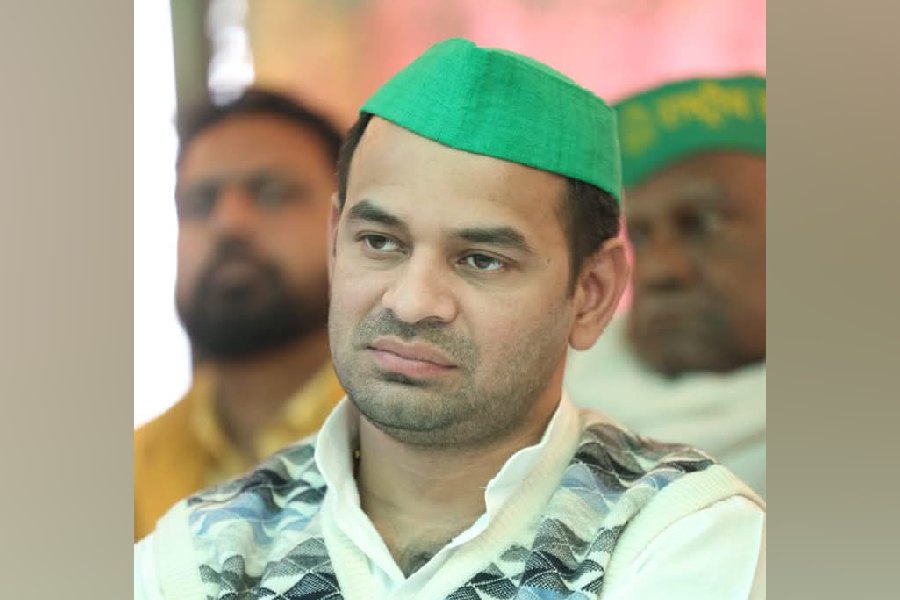 |
| Tea bushes |
Mon, Oct. 14: Nagaland is getting high on tea. Hon Lai of Seonyang village in Mon district is among the new breed of entrepreneurs who have taken to tea, competing with their counterparts in Assam.
The state has become the latest destination for excited Tea Board officials, as more farmers are switching to exclusive tea cultivation instead of mixed crops. With the discovery that Nagaland tea is akin to Darjeeling in terms of brew and flavour, farmers from Mon are preparing to take on Assam.
The history of tea in Nagaland dates back to days of the Raj, when the Konyaks had impressed the British by serving the red concoction from the Mon area. However, the practice of growing tea was limited to home gardens for domestic use. In the last couple of years though, farmers have included tea as a major cash crop.
“Since 1995, the total area under tea cultivation has increased substantially and the gardens are good,” state wastelands and horticulture secretary V. Sekhose said.
Lai feels tea holds a lot of promise for farmers in the state. “Dealers from Sivasagar in Assam come here and take away the yield,” Lai said. The dealers, he added, mixed a truckload of tea from Mon gardens with two truckloads of Assam tea.
“Quality is like Darjeeling teabut with a distinct flavour,” district extra assistant commissioner C. Shinwang Konyak quoted Tea Board officials as having said. Some of the gradings given by the board are TB17, 22, 29 and 25. The rate of switching to tea from mixed crops has accelerated since 1995. Seonyang alone boasts of 300 hectares of tea cultivation.
The price that the farmers are fetching is, however, not satisfactory. “People are actually new to this crop and do not know about the market dynamics or quality differences,” he said, adding that he was planning to come up with a tea factory for better profits.
Most farmers are untrained in the skill of plucking. Tea plucking is a sensitive matter. For instance, the finest Darjeeling tea is one that comes from the timely plucking of two tender leaves and a bud. In Mon, farmers lose out on the plucking time due to lack of awareness. However, they enjoy other advantages when compared to those in Assam.
Organic farming is the order in Nagaland, the climate being different from what it is in Assam. Some farmers said the time for the tea plant to mature is only a year in the state, compared to four years in Assam.
The Nagaland Empowerment of People through Environment Development, an Indo-Canadian venture to develop sustainable development, is bringing about some changes.
As a result, even small-time farmers are taking up community farming in which tea is a major crop. “We are trying to find a better market,” said A. Mantu, a tea farmer from Guching village.










